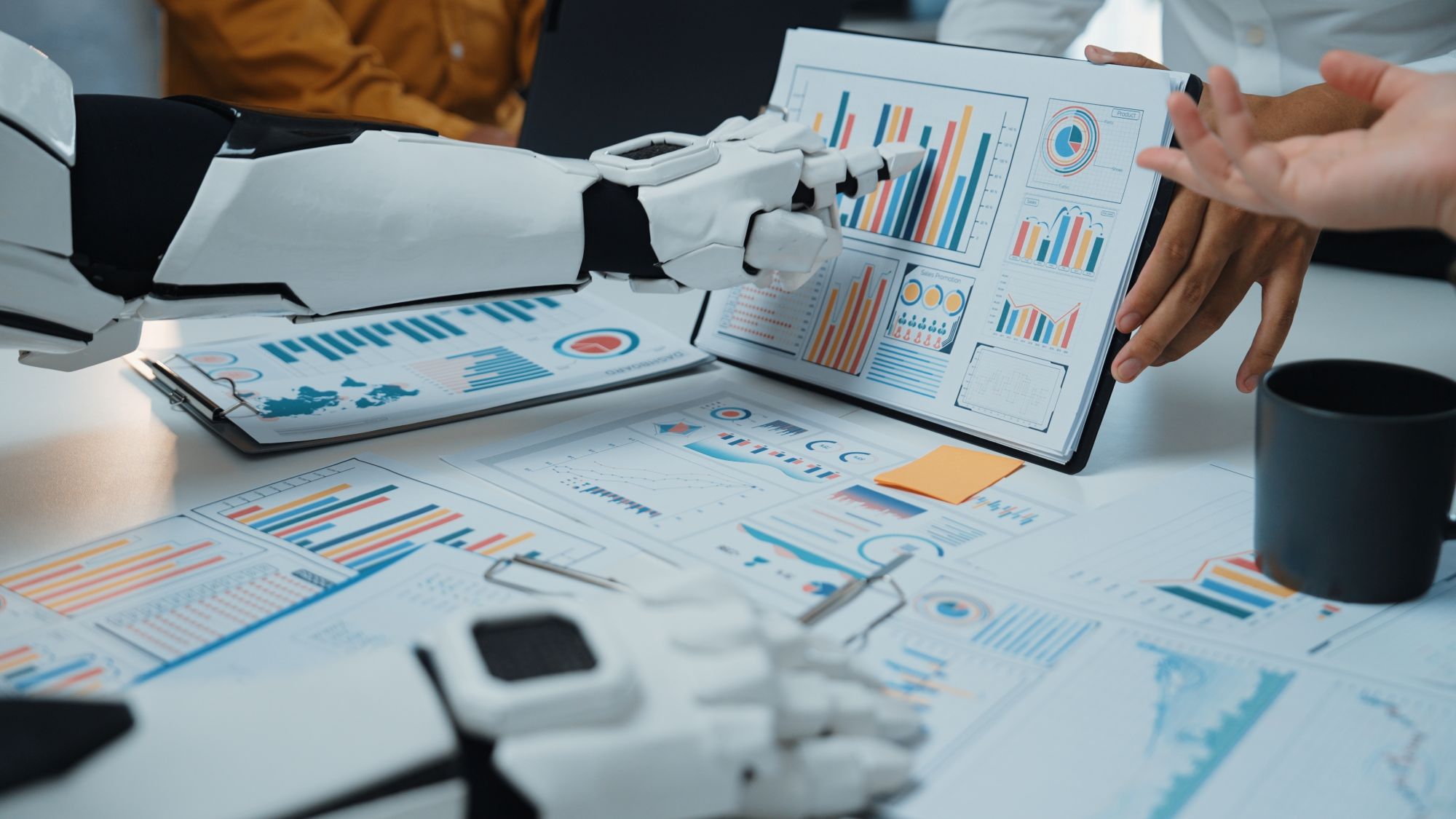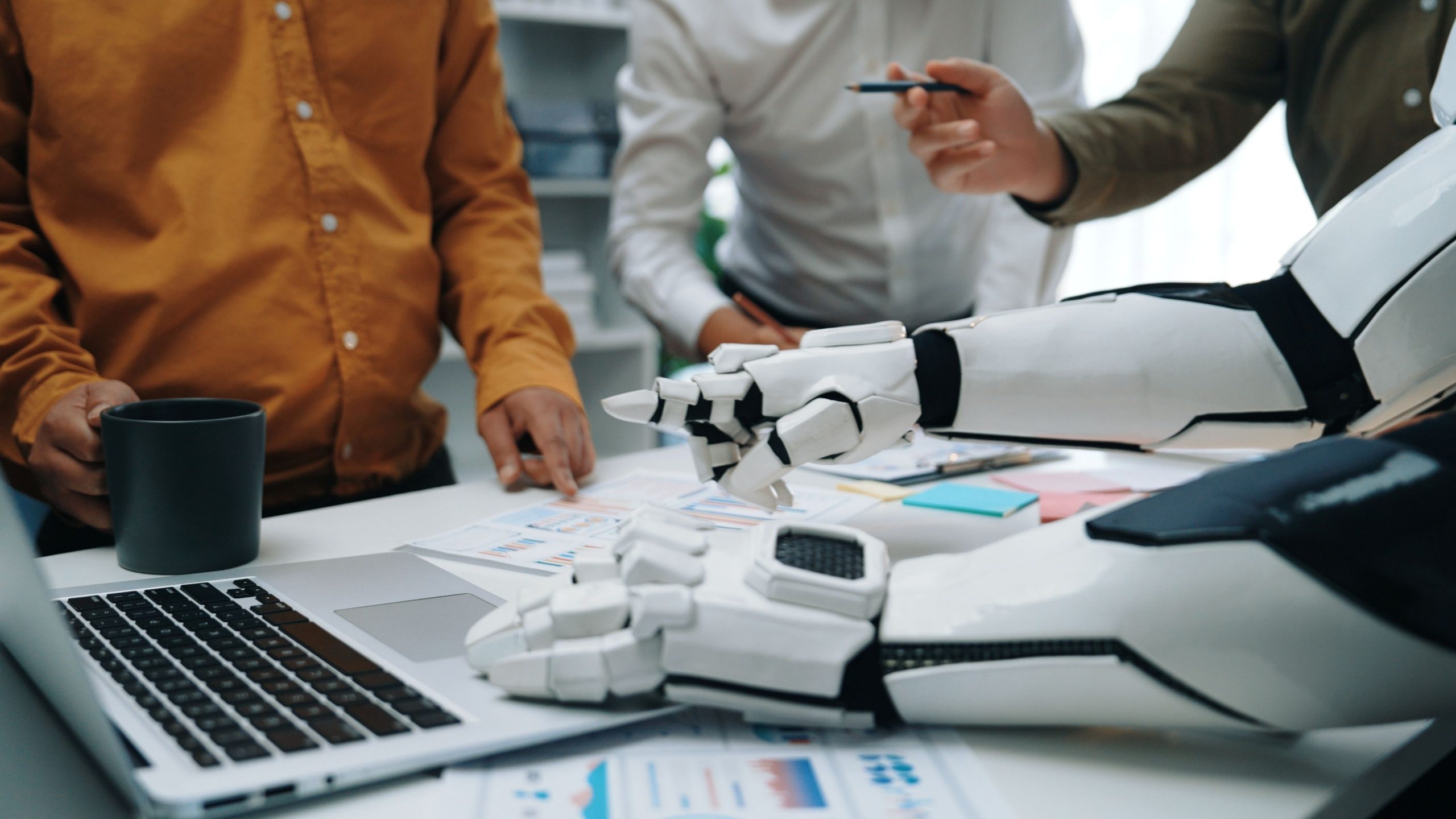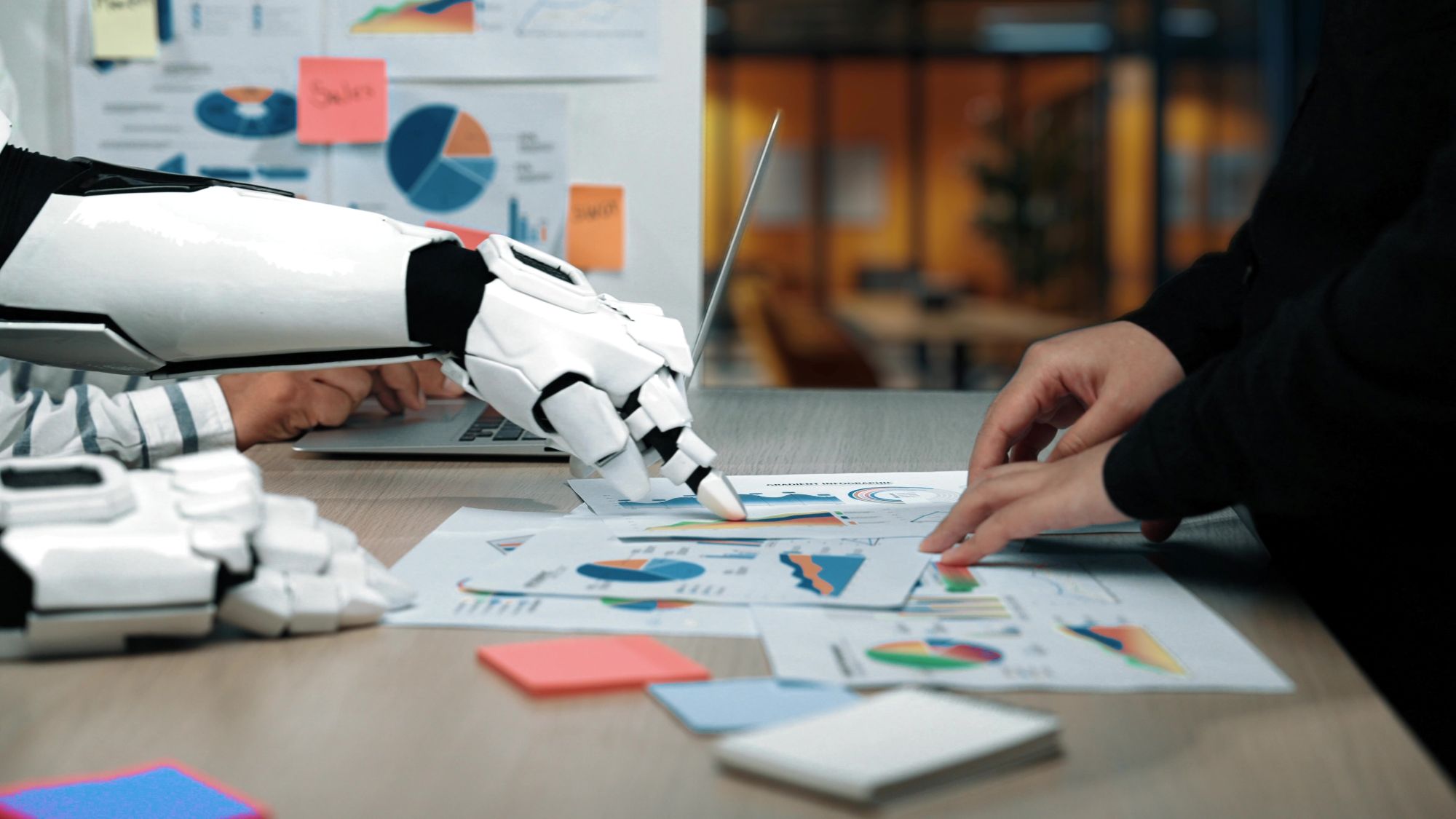Although cybersecurity has always been important, it arguably has never been more vital for organizations to protect their data and reduce the risk of being hacked with so many of us working from home these days. More employees working from home leaves an organization open to more risks, as a home set up will often be far less restricted compared to the office based one. With admin rights installed so employees can quickly download free trials of the products they need, there are risks to financial status, customer data, corporate information, and of course company reputation. Remote workers may also not be on the same centralized system for updating anti-virus software, posing further risk.
Focusing on an employee’s ability to do their job from home was the first critical step in reinstating and maintaining business as usual, but now is the time for security and SAM teams to work together to understand exactly what is installed across remote devices and how it is being utilized.
Software Asset Management is cyber security’s perfect partner
SAM teams are key in understanding what software is installed across their IT environment, it’s what makes Software Asset Management effective after all. Knowing exactly what is installed highlights any areas of concern and enables organizations to mitigate risks. Cybersecurity teams need to work alongside SAM teams to ensure products are up to date, patches have been installed, and vulnerabilities that could affect their business have been removed.
The SAM team will also likely find the Cybersecurity team to be an excellent source of data for IT installations, software deployments, and user activities. Building a relationship will expand the inventory and data gathering capabilities of an organization’s SAM program, making for a far more efficient and reliable process.
Collaboration between Cybersecurity and SAM teams provides ongoing software management and keeps an organization audit ready. By consolidating IT systems organizations can control what software their employees utilize, identify all assets, and protect against cyber-attacks. SAM teams can provide the data for which assets are connecting to servers, and Cybersecurity can protect the services (and access into the organization’s infrastructure) by creating policies and governance.
Once the basic strategy is put in place, Cybersecurity and SAM teams can work together to develop the processes further. By assigning responsibilities within the teams, best practices can be implemented across the organization – such as password control and two factor authentication – to ensure all departments are streamlined and there is transparency for all employees.
Software Asset Management against Malware
Data suggests that currently 94% of malware is delivered via email, but this is set to change in the future as systems become more advanced. Ongoing management internally is essential in documenting and analyzing this change, and organizations must be proactive in defending their infrastructure, whilst remaining cost effective.
Are we secure? Are we compliant? These two questions need to be addressed throughout the development of SAM Cybersecurity policies and processes.


























